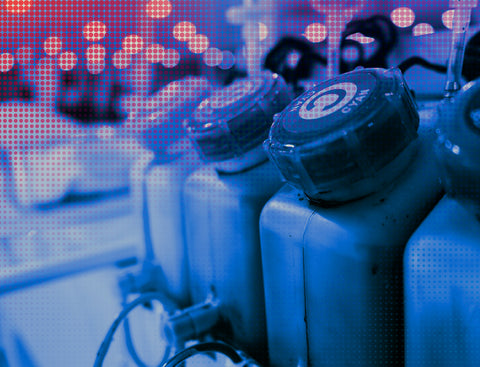DTF transfers have taken the printing world by storm. With so many applications available, their extended longevity unlike any other print method and their ability to remain vibrant even with incredibly intricate designs, it’s no wonder they’re becoming a firm favorite with businesses, side hustles and hobbyists alike.
Applying DTF transfers is simple and is suitable even for newbies who have never created their own custom apparel or promotional products previously. The straightforward application method means that anyone can do it, even at home with a household iron!
Despite the amazing qualities and benefits of this print method, there are occasionally questions that reach our customer service teams to help with the pressing of DTF transfers. One of these questions is ‘why is my DTF transfer not sticking?’.
If you’re facing this unlikely challenge with your transfers, fret no more! We have you covered. Read on to find out why your DTF transfer isn’t sticking and what you can do about it.
Table Of Contents
- Lack Of Pressure
- Not Enough Heat
- Too Much Heat
- Peeling Too Soon
- Missing The Second Press
- Not Enough Powder
Lack Of Pressure
A lack of pressure can make it more likely for air bubbles to become trapped between the image and the substrate. These bubbles can distort the image and reduce the overall quality of the transfer. Pressure can be particularly important when working with delicate or intricate designs. Without pressure, it may be more challenging to ensure that fine details are transferred accurately. It is a balance though - as too much pressure can lead to over-application, where the image spreads or distorts excessively. Lack of pressure can mitigate this risk.
Not Enough Heat
When there’s not enough heat, the transfer may not be properly applied and may end up lifting or peeling. Inadequate heat may not activate the ink pigments in the film effectively, resulting in faded or washed-out colors in the final print. This can also compromise the durability of the transfer, which means that they may not withstand washing and wear, leading to premature deterioration. Uneven heating can also lead to parts of the design adhering better than others, resulting in uneven or blotchy appearance on the garment.
Too Much Heat
There needs to be a fine balance between not heating enough and overheating the DTF transfer when applying. Using a temperature that’s too hot for the garment can result in burning the fabrics. In some cases, the adhesion can melt or burn if not applied properly.
Peeling Too Soon
Once you have pressed the garment, it’s important to let it cool to ensure that the inks are properly absorbed into the material. Wait until the transfer is cool to touch and then peel as normal. If you peel too soon, there is a chance that you could pull off some of the design with it.
Missing The Second Press
While this should not affect whether or not the transfer has stuck to the garment initially, the second press is vital in reducing shine and increasing longevity of the transfer. Missing this step can mean your transfer may not last as long as expected.
Use parchment paper or similar and place over the transfer once you have peeled it, and re-press for the same length of time and with the same pressure as you had used previously for your garment.
Not Enough Powder
When pressing your DTF transfers it is important to use a form of powder which will adhere to the wet ink printed on the film. This will then need to be cured in a drying oven or similar which will harden the powder and allow the image to adhere to the fabric when printed. A common reason why DTF transfers are not sticking to a garment is because not enough powder was used to cover the wet ink, or the powder was not applied soon enough and the ink had time to dry after the film was printed.
This can significantly impact the design that appears on the garment. That’s why it’s always important to apply the powder evenly and generously to improve the quality of your prints.
If you don’t want the hassle of printing and managing the powder element of the transfers, then you can buy pre-made transfers that you can press immediately upon delivery. Add custom designs with our transfers by size, order a gang sheet for larger quantities, or if you don’t already have a design, opt for our ready to press transfers instead.
Conclusion
Finding the perfect middle ground between pressure, temperature, peeling and powdering is important to make sure that your DTF transfer sticks properly to your garment. The instructions for pressing the transfer will depend on the fabric that you’re pressing on and what type of machine you’re using (a heat press, a handheld press, or household iron).
Order a sample pack to test out your DTF transfer design on different types of fabrics. No matter your needs, our expert team can help.



